![]() Graphs & Data
Graphs & Data
Business sector debt increased by about 1.2 percent to around NIS 824 billion in November. Household debt increased by about NIS 3.3 billion (0.8 percent) to around NIS 435 billion at the end of the month.
The business sector’s outstanding debt
· The total outstanding debt of the business sector increased by about NIS 9.7 billion (1.2 percent) to around NIS 824 billion in November. The increase derived from the effect of a depreciation of about 2.8 percent in the shekel against the dollar, which increased the shekel value of debt indexed to and denominated in foreign currency, as well as from net debt raised through bonds abroad, nontradable bonds in Israel, and loans from banks and nonbank institutions. The increase in the balance was offset by net maturities of tradable bonds in Israel and by the effect of a decline of 0.2 percent in the Consumer Price Index, which reduced the value of CPI-indexed debt.
· In December, the business sector (excluding banks and insurance companies) issued about NIS 1.8 billion in bonds, most of which were nontradable bonds. This was lower than the average amount of issuances from the beginning of the year, which is about NIS 2.5 billion per month. For the full year, about NIS 30 billion were raised, a similar amount to that in 2013.
Table 1: The Composition of Business Sector Debt

Figure 1: Rate of Change (Year on Year) in the Business Sector's Bank and Nonbank Debt
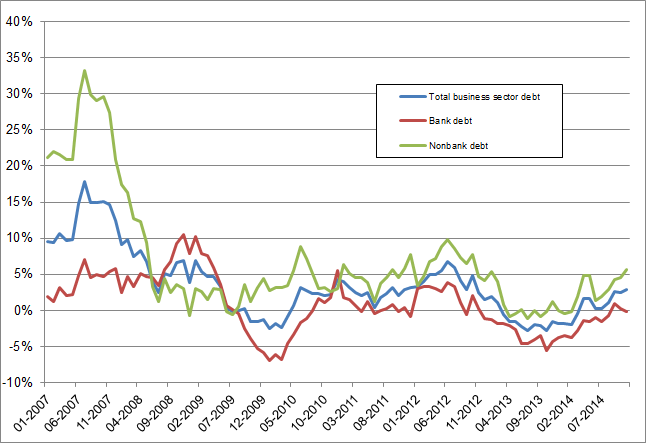
Table 2: Debt by Indexation

Figure 2: Business Sector Bond Issuance

Household debt
· Households’ outstanding debt increased by about NIS 3.3 billion (0.8 percent), to about NIS 435 billion, in November. Of that, the balance of outstanding housing debt increased by about NIS 1 billion, to about NIS 301 billion at the end of November.
· In December, there was an increase in new mortgages taken out, with the total reaching about NIS 5.5 billion, greater than the monthly average since the beginning of the year of about NIS 4.3 billion (see Figure 3).
For the full year, about NIS 51.5 billion in mortgages were granted, similar to the total for 2013.
Table 3: Outstanding Debt Balances of Households
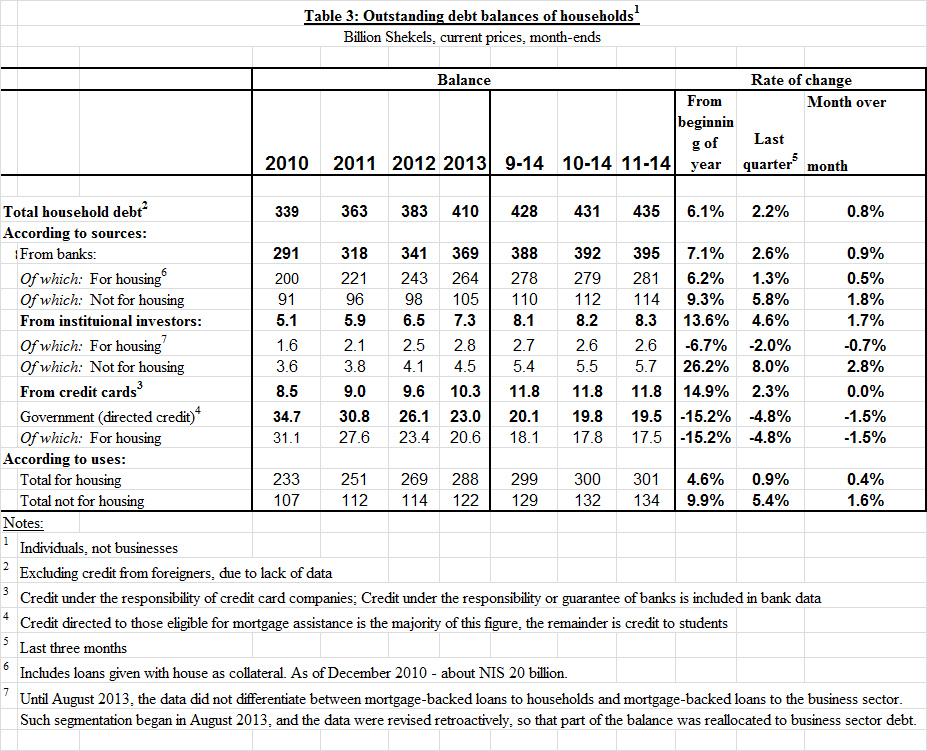
Figure 3 :Total Housing Credit from Banks, According to Indexation: New Mortgage Volume

The cost of the debt
· In the CPI-indexed track, the spread between the interest rate on new bank credit granted and the interest rate on deposits widened by about 0.11 percentage points in November, compared with the previous month, primarily as a result of an increase in the interest rate on credit.
· In November, the average spread between the yield on CPI-indexed corporate bonds—measured by the Tel Bond 60—and the yields on CPI-indexed government bonds narrowed by about 0.03 percentage points to about 1.46 percentage points. In December, this spread widened by about 0.4 percentage points.
· In December, the average interest rate on new unindexed mortgages (variable-rate interest) increased by about 0.09 percentage points. The average interest rate on new CPI-indexed mortgages (fixed rate) increased by about 0.01 percentage points.
Table 4: The Cost of the Debt
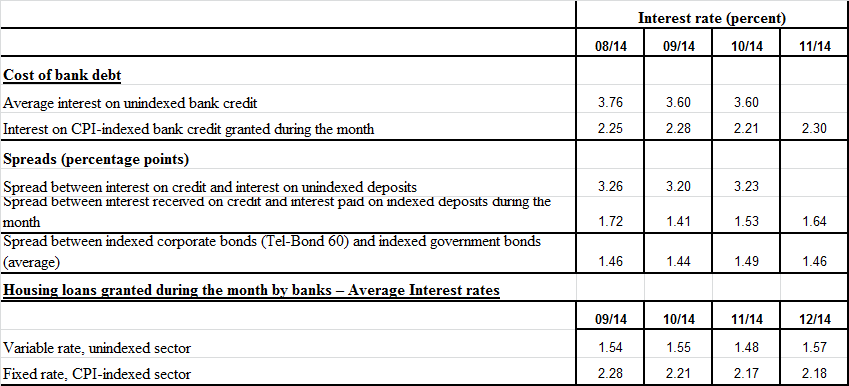
Figure 4 : Spread between Indexed Corporate Bonds (Tel-Bond 60) and Indexed Government Bonds (monthly average)
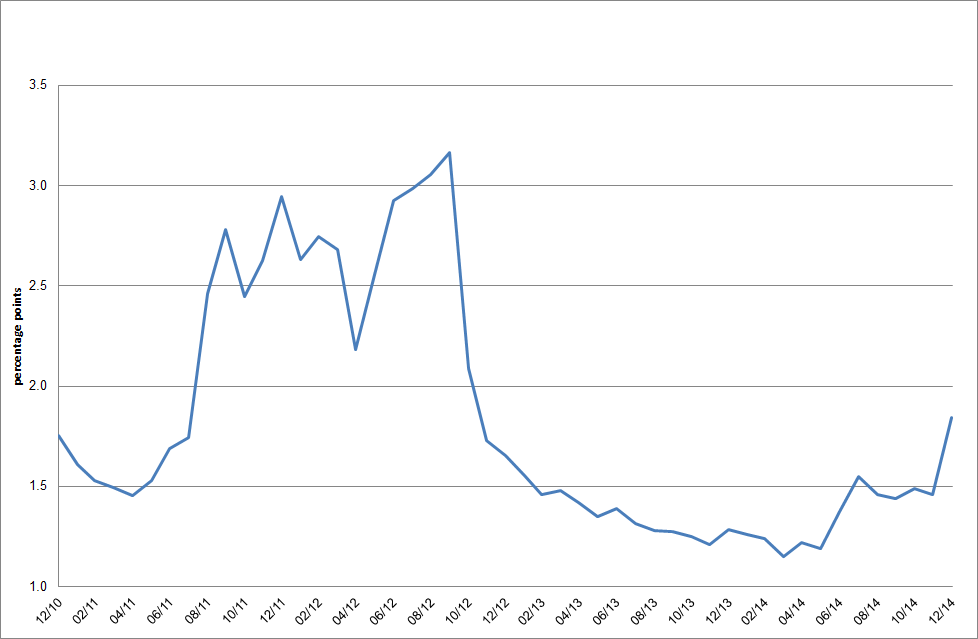
Figure 5 : New Housing Loans from Banks – Interest Rates in the Unindexed Sector
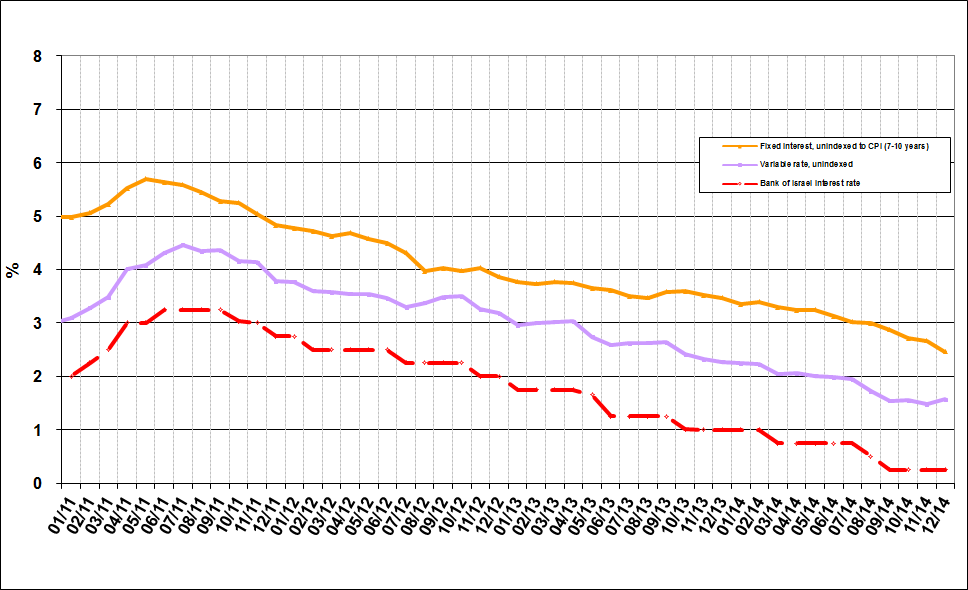
Figure 6 : New Housing Loans from Banks – Interest Rates in the CPI-indexed Sector

For links to Data and Statistics on the Bank of Israel website: